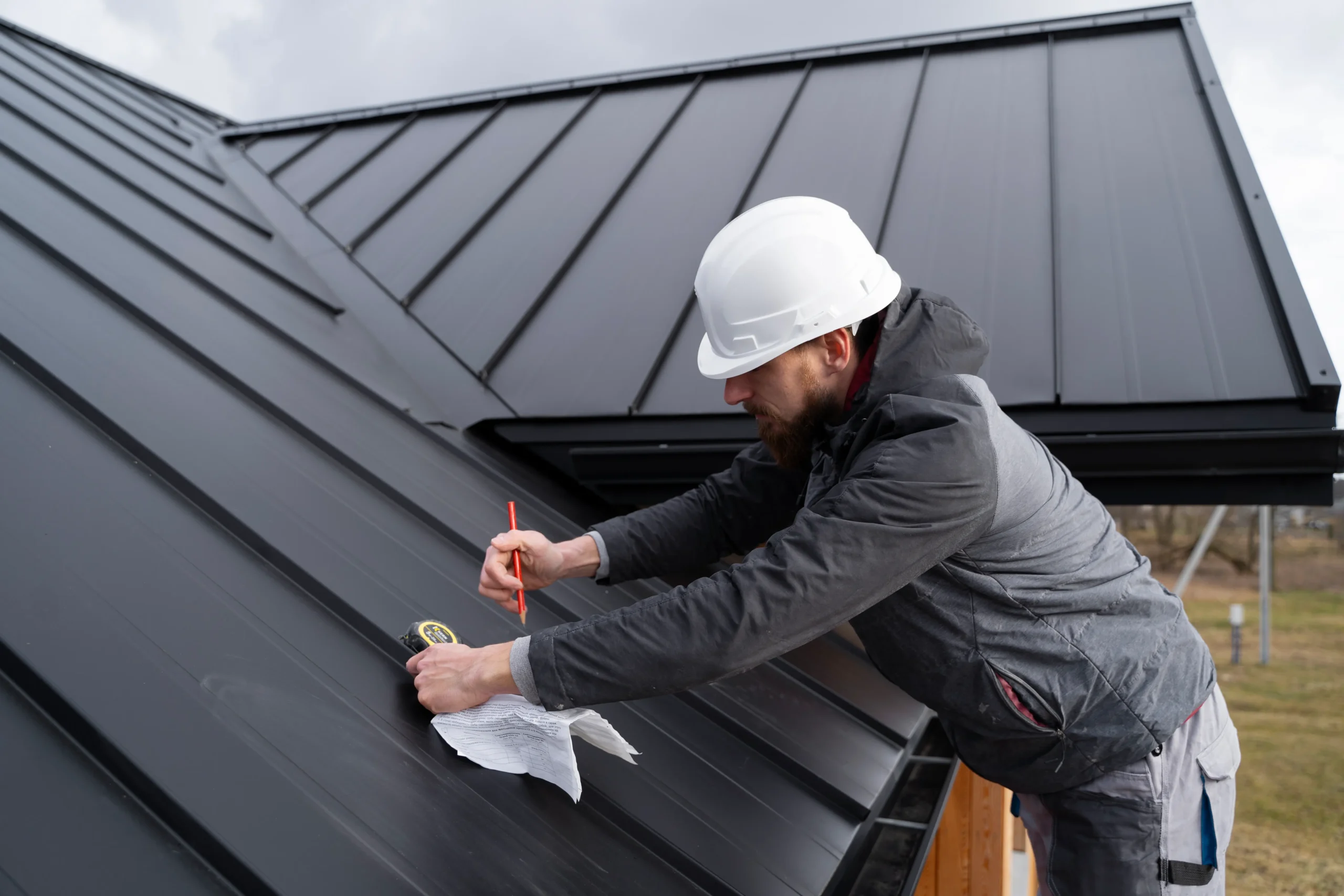Introduction to Tin Roof Repair
Tin roofs, often made from tin-coated steel or other metals, are durable and long-lasting, but they can still develop leaks and require repairs over time. Repairing a tin roof involves identifying the source of the leak, cleaning the area, and applying the appropriate fix, whether it’s sealing small holes or patching larger ones. In this guide, we’ll walk you through the steps to fix a tin roof effectively, ensuring your home remains safe and dry. For a comprehensive guide to all types of roof repairs, check out our comprehensive guide to roof repairs.
Identifying the Leak
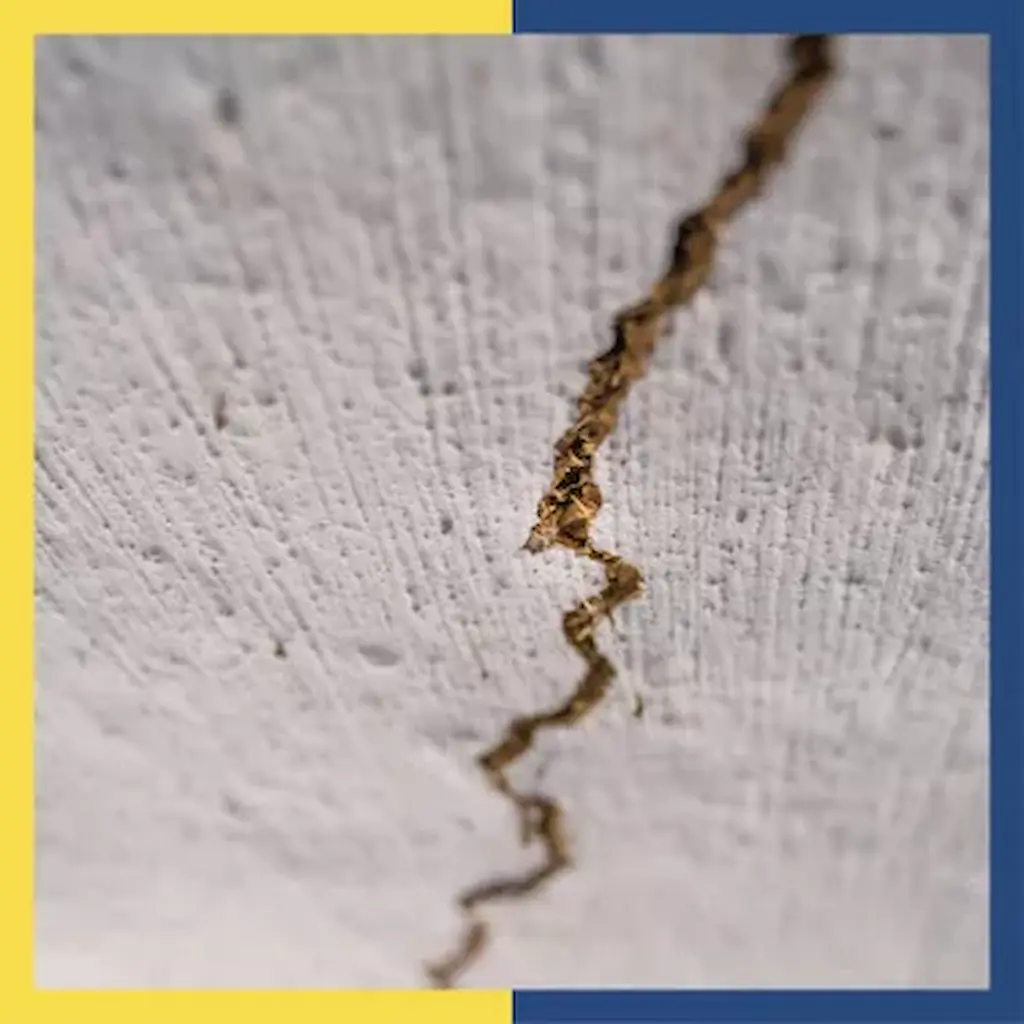
The first step in repairing a tin roof is to locate the source of the leak. This involves inspecting both the interior and exterior of the roof. Look for water stains or dripping inside, and check for cracks, gaps, or loose screws outside. Pay particular attention to areas around fasteners, seams, and flashing, as these are common places where leaks occur. For more tips on general roof inspection techniques, see our DIY roof repair guide.
Preparing for Repair
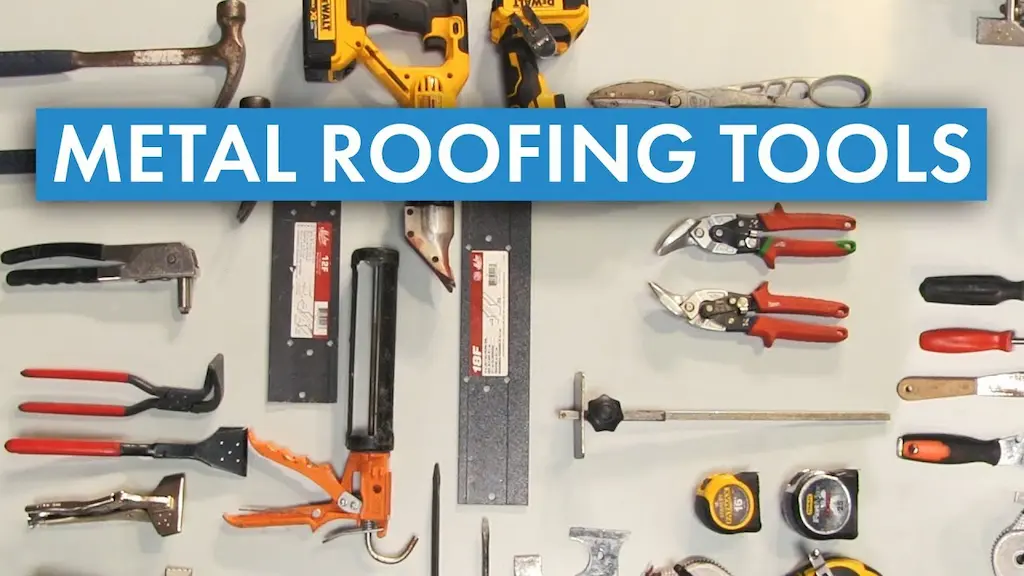
Before starting the repair, clean the affected area thoroughly. Remove any debris, rust, or old sealant using a wire brush or sandpaper to ensure a smooth surface for the repair materials. This step is crucial for ensuring that any sealants or patches adhere properly.
Repair Methods
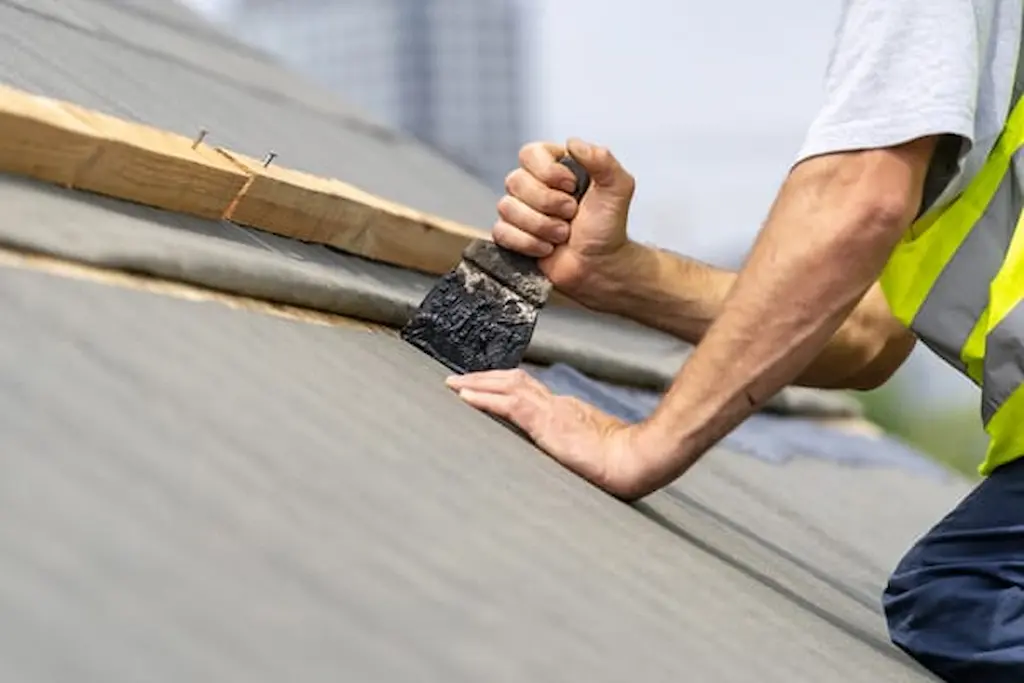
1. Sealing Small Holes and Cracks
For small holes or cracks, use a roofing sealant specifically designed for metal roofs. Apply the sealant evenly over the damaged area, making sure to cover all gaps or cracks. Allow it to dry completely according to the manufacturer’s instructions.
2. Patching Larger Holes
If the hole is larger, you’ll need to patch it. Cut a piece of metal slightly larger than the hole, clean both the surface and the patch, and apply roofing adhesive to secure it in place. Finish by sealing the edges of the patch with roof sealant.
3. Tightening or Replacing Fasteners
Loose screws can lead to leaks. Tighten or replace them with new screws and rubber washers to ensure a watertight seal. Avoid over-tightening, which can damage the roof.
4. Replacing Damaged Flashing
If the flashing around chimneys, vents, or skylights is damaged, replace it. Remove the old flashing carefully, clean the area, and install new flashing securely using roofing nails and sealant.
Maintenance Tips
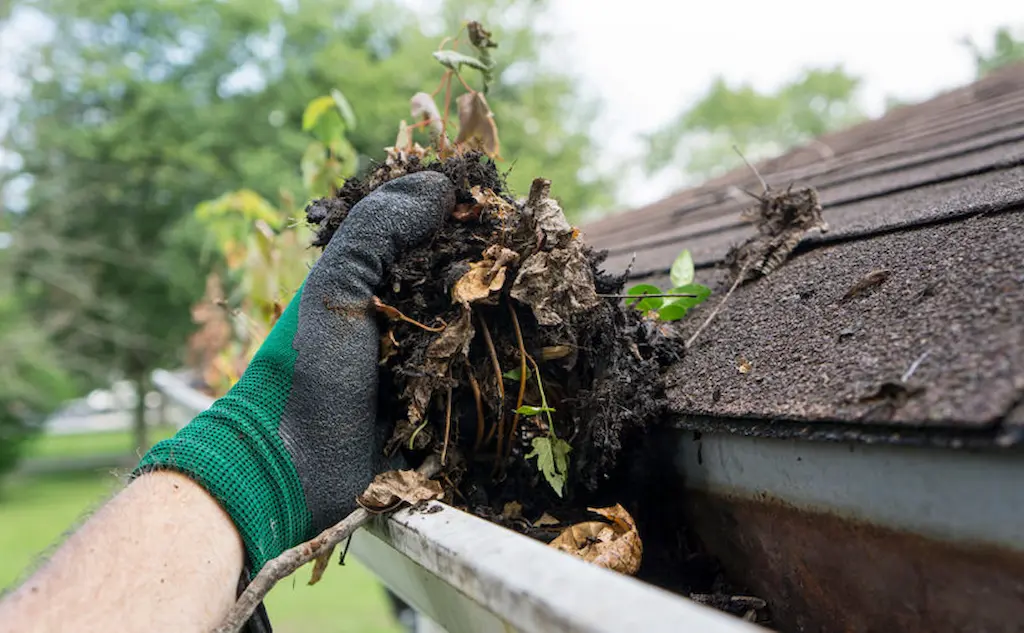
Regular maintenance is key to extending the life of your tin roof. Here are some essential tips:
- Inspect Your Roof Yearly: Check for loose screws, damaged panels, and signs of rust or corrosion.
- Clean the Roof: Use a soft brush or low-pressure water spray to remove debris and mildew.
- Trim Overhanging Branches: Prevent physical damage and debris accumulation by keeping nearby trees well-maintained.
- Maintain Gutters: Ensure gutters are clear and functioning properly to prevent water pooling on the roof.
Cost Considerations
The cost of repairing a tin roof can vary depending on the extent of the damage and the materials needed. On average, metal roof repairs cost between $6 and $16 per square foot. While DIY repairs can be cost-effective, more complex issues may require professional intervention, which can be more expensive but ensures a durable fix. For a more precise estimate, consider using a roof repair cost calculator to assess your specific needs.
If you’re considering a full roof replacement, especially in regions like California, costs can range significantly. In California, the average cost for a new roof is between $8,000 and $22,000, with metal roofs being a popular choice due to their durability and resistance to weather conditions. For more detailed information on replacing a roof in California, visit our guide on the cost to replace a roof in California.
Conclusion
Fixing a tin roof requires careful inspection, thorough cleaning, and the right repair techniques. By following these steps and maintaining your roof regularly, you can prevent future leaks and extend the lifespan of your tin roof. Whether you choose to DIY or hire a professional, ensuring your roof is secure and watertight is essential for protecting your home.

